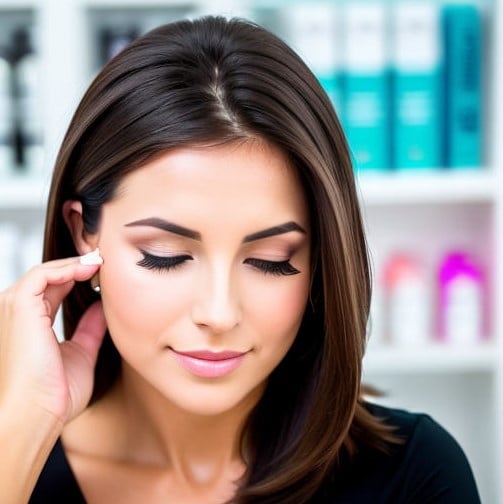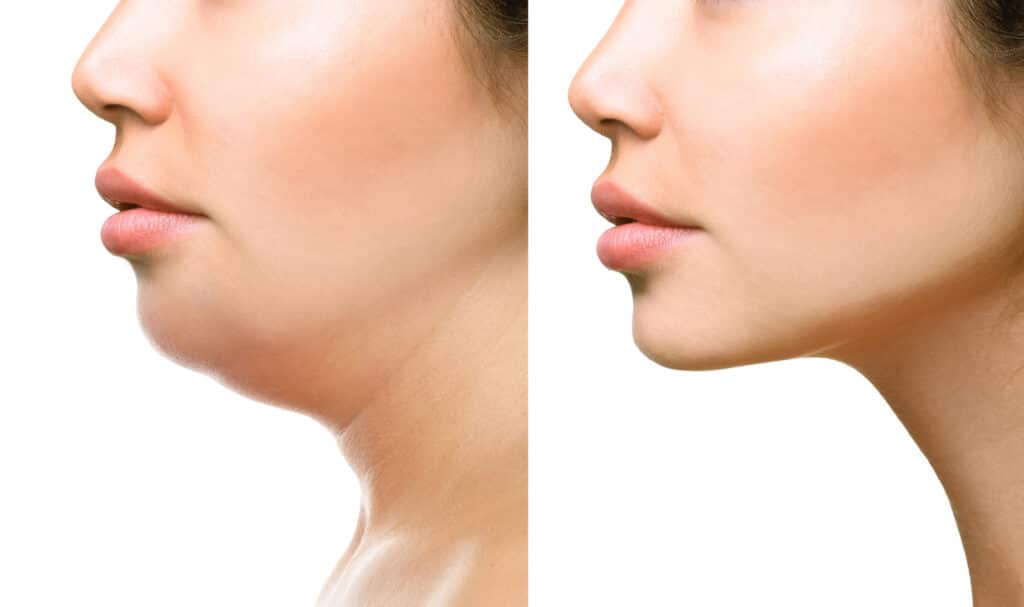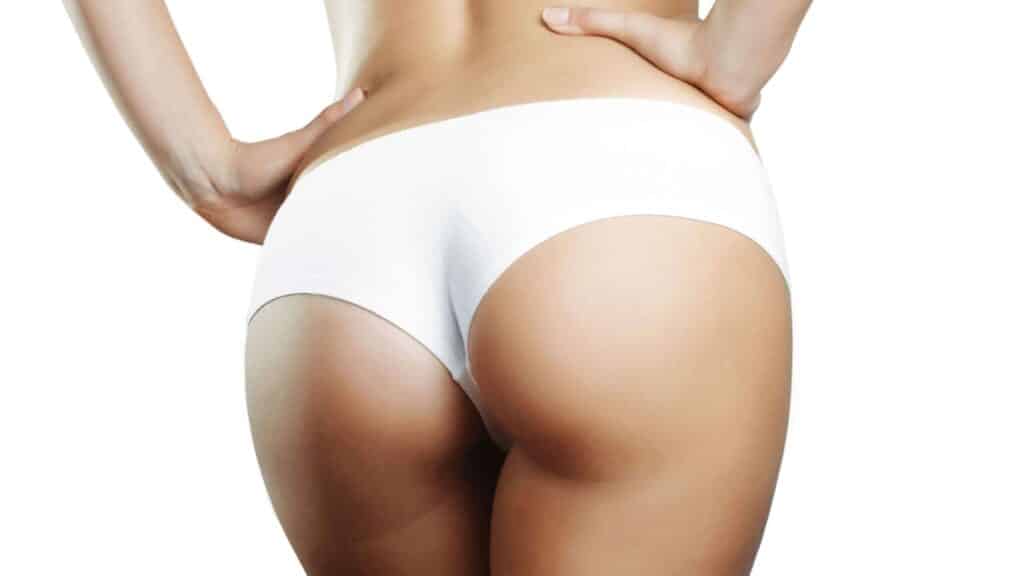Understanding Male Body Contouring
Male Contouring
Male body contouring aims to enhance masculine features through targeted fat removal. It reshapes the body, focusing on muscle definition and proportion.
Men often seek this procedure to eliminate stubborn fat. They want a more toned appearance. Common goals include a chiseled torso and defined abs.
Target Areas
The abdomen, chest, and love handles are primary targets for male liposuction. These areas tend to accumulate fat that is hard to lose through diet and exercise alone.
Removing fat from these spots can significantly improve a man’s silhouette. It boosts confidence and comfort in their skin.
Gender Differences
Male body contouring differs from female procedures in several key aspects. Men’s skin tends to be thicker and has more fibrous tissue. This makes their procedures slightly more complex but also allows for enhanced sculpting possibilities.
Setting realistic expectations is crucial. The differences between male and female bodies mean results will vary. Understanding these distinctions helps men approach liposuction with clear goals in mind.
Ideal Candidates for Male Liposuction
Health Status
Many men seek liposuction to remove stubborn fat that diet and exercise can’t seem to eradicate. However, not all are ideal candidates. Those in good health, with no life-threatening illnesses or medical conditions that can impair healing, stand at the forefront.
It’s crucial for male patients to have a stable weight before undergoing this procedure. Dramatic weight fluctuations post-surgery can affect the lasting impact of liposuction.
Fat Distribution
Candidates should have specific areas of fat deposits resistant to natural weight loss methods. Plastic surgeons often emphasize the importance of targeting these stubborn areas.
Excess skin or lack of skin elasticity might complicate the desired outcome, as liposuction removes fat cells but does not significantly tighten the skin.
Expectations
A positive outlook and realistic expectations are vital for any candidate considering liposuction. Understanding that liposuction is not a weight-loss solution but rather a body contouring method is essential.
Patients must acknowledge that while liposuction can remove excess fat, it won’t solve all aesthetic concerns related to body shape and size.
Liposuction Procedure Explained
Consultation Phase
The journey to a more sculpted physique begins with a consultation. Here, the surgeon assesses if liposuction is suitable for you. They discuss your goals and evaluate your health. This step ensures that you’re an ideal candidate following the previous section’s guidelines.
Surgeons also explain the different techniques available. For men, options like tumescent liposuction or laser-assisted procedures are popular. Each technique has its benefits, tailored to meet specific needs.
Preparation Stage
Once you’ve decided on a procedure, preparation is key. You might need to adjust your diet or stop certain medications. The surgeon provides detailed instructions to ensure optimal results and minimize risks.
The Procedure
On the day of surgery, the area targeted for fat removal is marked. Local or general anesthesia is administered based on the procedure’s extent.
For tumescent liposuction, a solution is injected to swell the fat, making it easier to remove. In laser-assisted methods, laser energy breaks down fat cells before removal. These technologies aim for precision in targeting fat while preserving surrounding tissues.
A small incision is made to insert a cannula connected to a vacuum. Surgeons skillfully navigate this tool to suction out unwanted fat cells. The goal is not just fat removal but sculpting areas for a more defined look.
Post-Procedure Care
Recovery varies by individual and technique used. Surgeons provide guidelines on managing discomfort and promoting healing. Follow-up appointments track progress and address any concerns.
Anesthesia and Comfort Measures
Anesthesia Types
For men considering liposuction, understanding anesthesia options is crucial. Local anesthesia numbs the targeted area, allowing patients to stay awake without feeling pain. It’s often used for smaller areas. Regional anesthesia blocks pain in a larger section of the body; patients might be awake or lightly sedated. Lastly, general anesthesia puts patients completely to sleep, used in extensive procedures.
With these options, doctors aim to minimize discomfort while ensuring patient safety. They choose based on the size of the area being treated and patient health.

Pain Management
After liposuction, managing pain is key for recovery. Doctors prescribe pain medication tailored to each patient’s needs. These help manage discomfort from the small incisions made during the procedure.
Patients are advised on how to care for their incisions at home, reducing risk of infection and promoting healing. Techniques include gentle movements and avoiding strenuous activities.
Patient Safety
Safety during liposuction extends beyond the operating room. Monitoring in the hospital or clinic ensures any adverse reactions are quickly addressed.
Doctors prioritize making small incisions to lessen recovery time and potential complications. This approach also reduces visible scarring, a significant consideration for many men.
Recovery Process and Timeline
Recovery Time
The recovery time after liposuction for men varies. Most can return to work within a few days to a week. It, however, depends on the extent of their procedure.
Physical activities should be limited for at least two weeks. This ensures healing without complications.
Treatment Plan
Following a detailed treatment plan is crucial for recovery. This includes wearing compression garments. They reduce swelling and support the treated areas.
Patients must also adhere to post-op care instructions meticulously. This involves taking prescribed medications and attending all follow-up appointments.
Schedule Follow-ups
Attending follow-up appointments is vital. It allows doctors to monitor progress and address any concerns promptly.
These sessions provide an opportunity to adjust the recovery plan if needed. They ensure a smooth and effective healing process.
Managing Side Effects and Risks
Common Side Effects
Patients often experience swelling, bruising, and discomfort after liposuction. These side effects are temporary and usually resolve within a few weeks. To manage swelling, doctors recommend wearing compression garments. They also advise keeping the treated area elevated when possible.
Bruising can be minimized by avoiding medications that increase bleeding risk before surgery. Over-the-counter pain relievers can help manage discomfort during recovery.
Potential Risks
Liposuction for men, while generally safe, carries some risks. These include infection, numbness, and irregular contours in the treated areas. Board-certified surgeons minimize these risks by following stringent surgical protocols.
Patients should choose their surgeon carefully to reduce complications. A healthy lifestyle before and after the procedure also plays a crucial role in minimizing risks.
When to Contact a Healthcare Provider
If symptoms like excessive swelling, severe pain, or signs of infection appear, contacting a healthcare provider is crucial. They will assess the situation and may prescribe medication or other treatments to address the problem.
Anticipating the Final Appearance
Healing Timeline
After undergoing liposuction, individuals often eagerly await their new look. However, patience is key. The body needs time to heal, and the final appearance isn’t immediate. Typically, a noticeable difference becomes evident after about four weeks when major swelling starts to subside. Yet, it’s crucial to understand that the complete resolution of swelling and the full effects can take up to six months or longer.
The healing process varies from person to person. Factors such as the amount of fat removed, the site of liposuction, and individual health play significant roles.
Swelling and Skin
Swelling is a normal part of recovery and significantly influences how soon one can appreciate their new contour. Initially, it may mask the procedure’s results. Over time, as swelling decreases, the treated areas begin to reveal their new shape.
Skin retraction also contributes to the final appearance. After removing fat from areas like hips and back, skin must adapt to its new contours. This adjustment period is essential for achieving a natural-looking result.
Lifestyle Impact
Maintaining a healthy lifestyle post-procedure enhances outcomes. A balanced diet and regular exercise not only support faster recovery but also help sustain results. Individuals must remember that liposuction is not a substitute for weight loss but a method for sculpting specific areas.
Maintaining Liposuction Results
Balanced Diet
A balanced diet is crucial for keeping the sleek contours achieved through liposuction. It’s not just about cutting calories; it’s about nourishing your body with the right foods. Lean proteins, whole grains, and plenty of fruits and vegetables should be staples in your diet. These foods help maintain muscle tone and skin elasticity, both vital for the appearance of your liposuction results.
Avoiding processed foods and sugary snacks is equally important. They can lead to weight gain, which directly impacts the treated areas.
Regular Exercise
Exercise plays a pivotal role in maintaining liposuction outcomes. Aim for a mix of cardiovascular activities and strength training. Cardio helps burn fat, while strength exercises build muscle that shapes your body. Start with moderate activities and gradually increase intensity to match your fitness level.
Consistency is key. Try to integrate physical activity into your daily routine to ensure long-lasting results.
Periodic Check-Ups
Scheduling periodic check-ups with your cosmetic surgeon is essential. These visits allow the doctor to assess how well you’re maintaining your new shape. They can also provide personalized advice on diet and exercise tailored to your specific needs.
Future weight gain can alter the sculpted areas and affect overall body harmony. Regular consultations help catch any changes early, making it easier to address them promptly.
Final Remarks
Liposuction for men is a game-changer, offering a way to sculpt your body, enhancing your natural contours and boosting confidence. Understanding the process—from determining if you’re an ideal candidate, through the procedure, to recovery and maintaining results—is crucial. It’s about making informed decisions for your body and health. Remember, managing expectations and following post-procedure care are key to achieving the best possible outcome.
Ready to take the next step towards a more confident you? Consult with a certified plastic surgeon who specializes in male liposuction. They’ll guide you through tailoring a plan that fits your goals and lifestyle. Your journey to redefine your physique starts now. Take charge of your appearance and feel great in your skin.
Frequently Asked Questions
Who are ideal candidates for male liposuction?
Ideal candidates are men in good health, near their ideal body weight, with stubborn fat deposits that do not respond to diet and exercise.
What does the liposuction procedure involve?
The procedure involves removing excess fat through small incisions using a tube called a cannula. It’s tailored to each individual’s needs.
How is comfort managed during liposuction?
Comfort is managed through anesthesia—either local or general—ensuring a pain-free experience during the procedure.
What is the recovery timeline after male liposuction?
Recovery varies but generally includes a few days of rest followed by several weeks of reduced activity. Full recovery takes 1-2 months.
How can side effects and risks be managed post-liposuction?
Side effects like swelling and bruising are normal and temporary. Risks can be minimized by following your surgeon’s post-operative care instructions closely.
When can I expect to see my final liposuction results?
Final results are typically visible after swelling subsides, around 3 to 6 months post-procedure, revealing a more contoured physique.
How can I maintain my liposuction results?
Maintaining results requires a healthy lifestyle with regular exercise and a balanced diet to prevent new fat deposits from forming.










